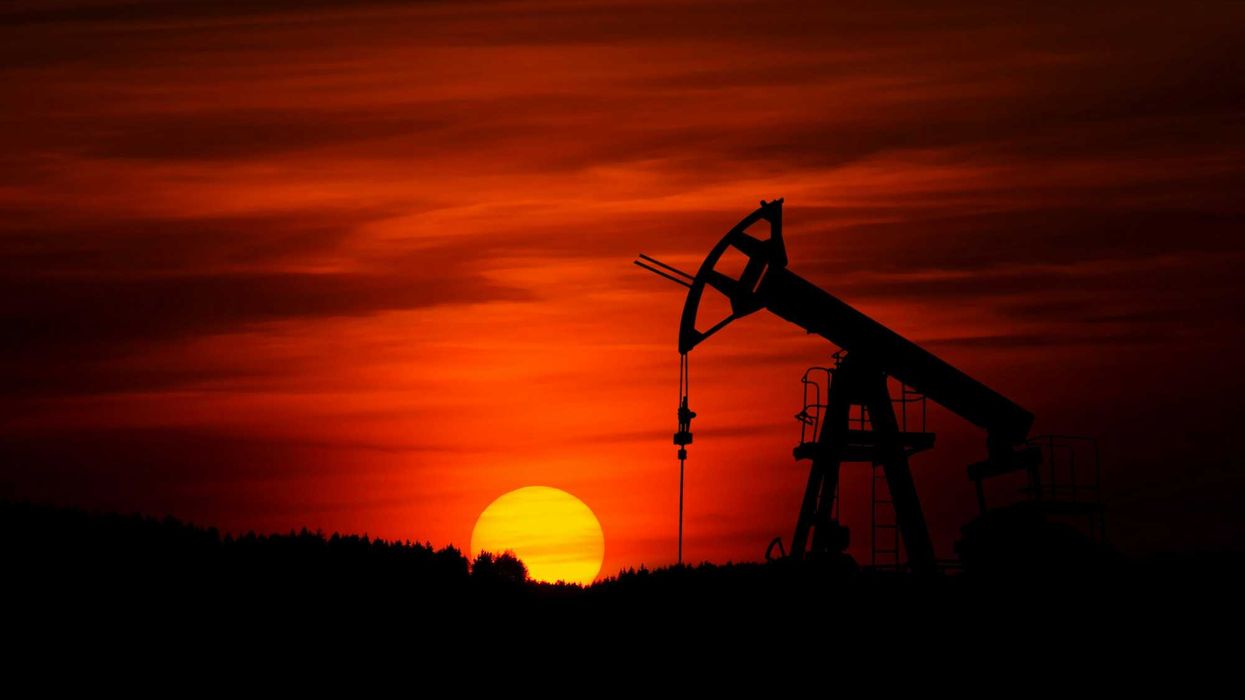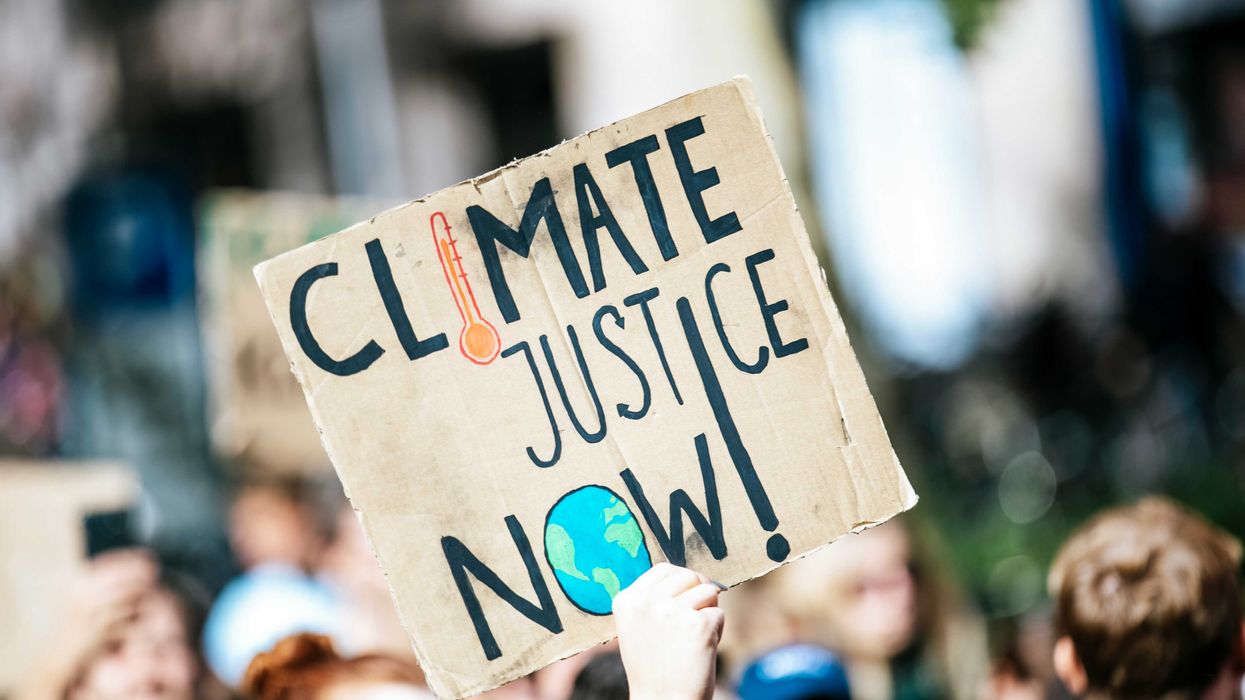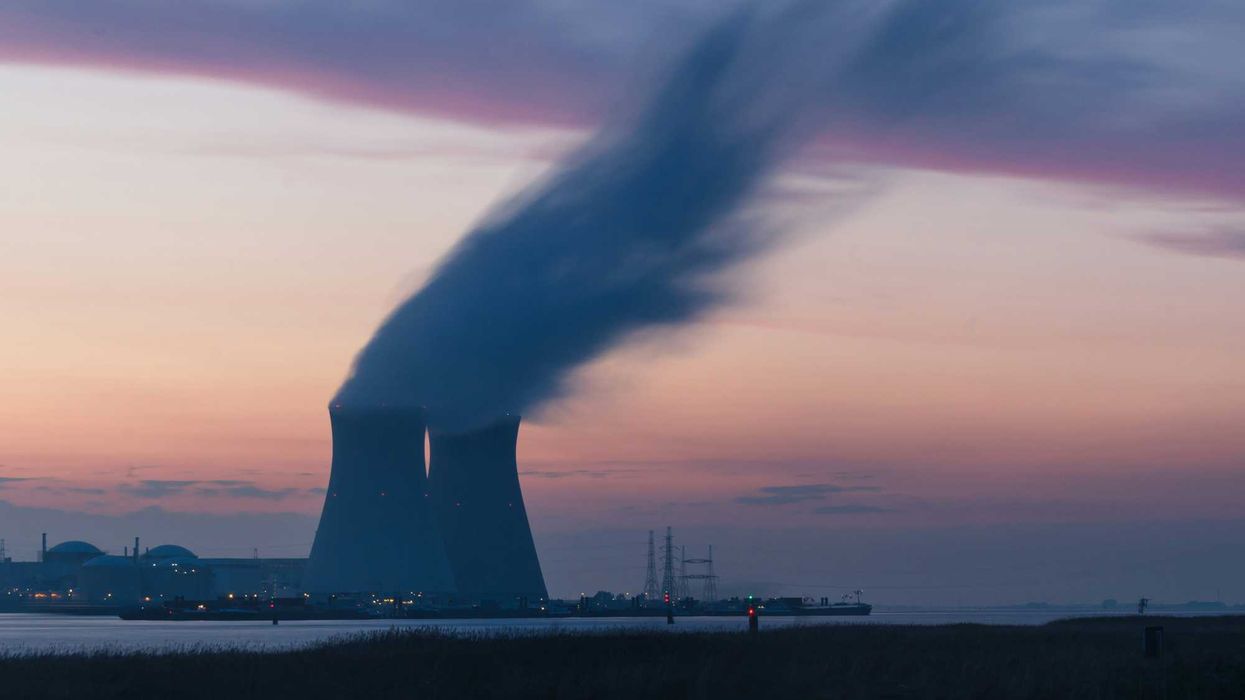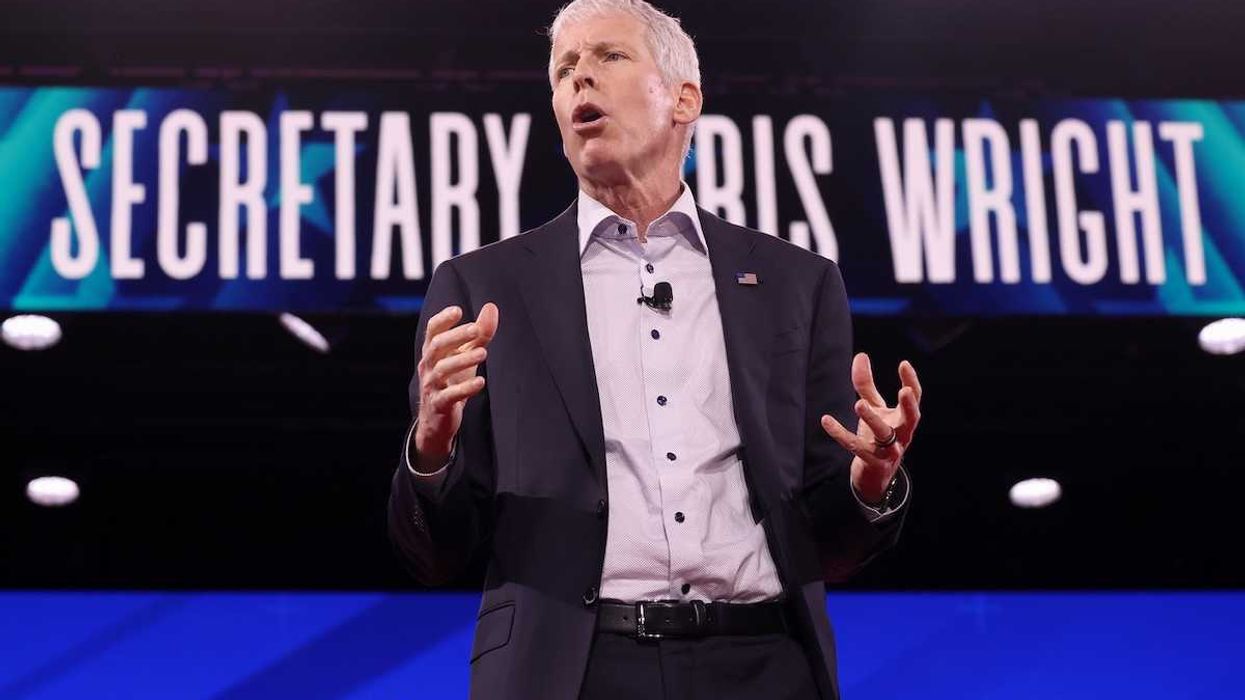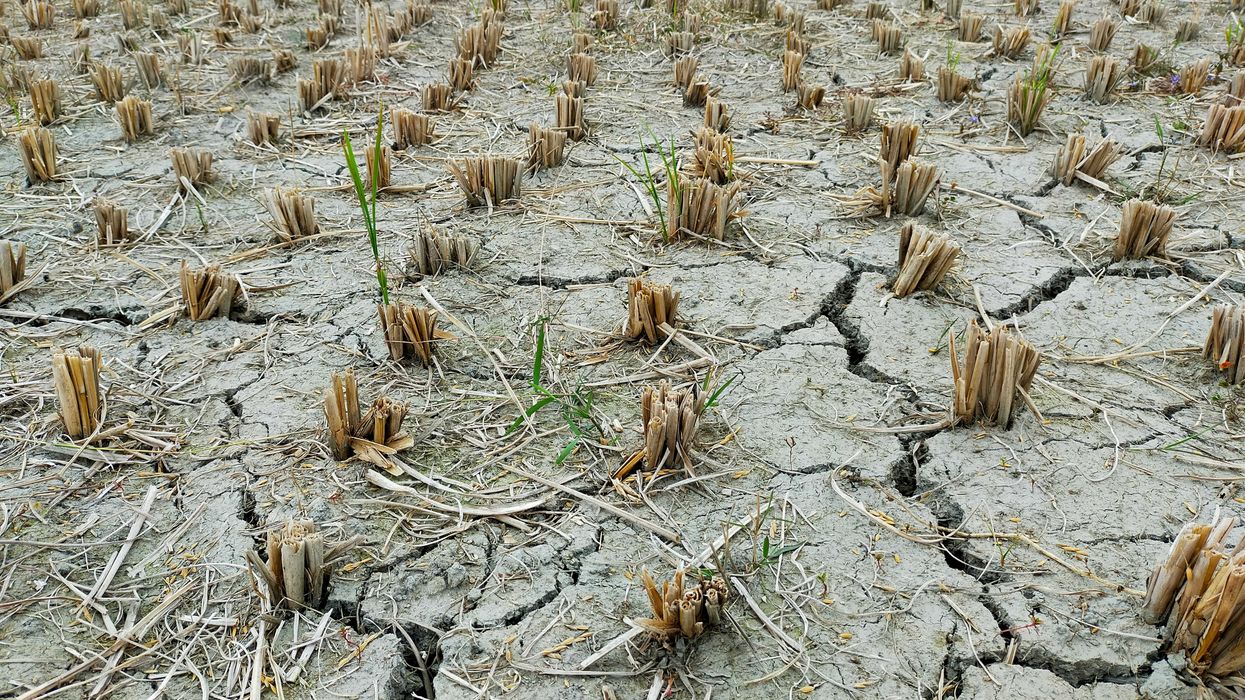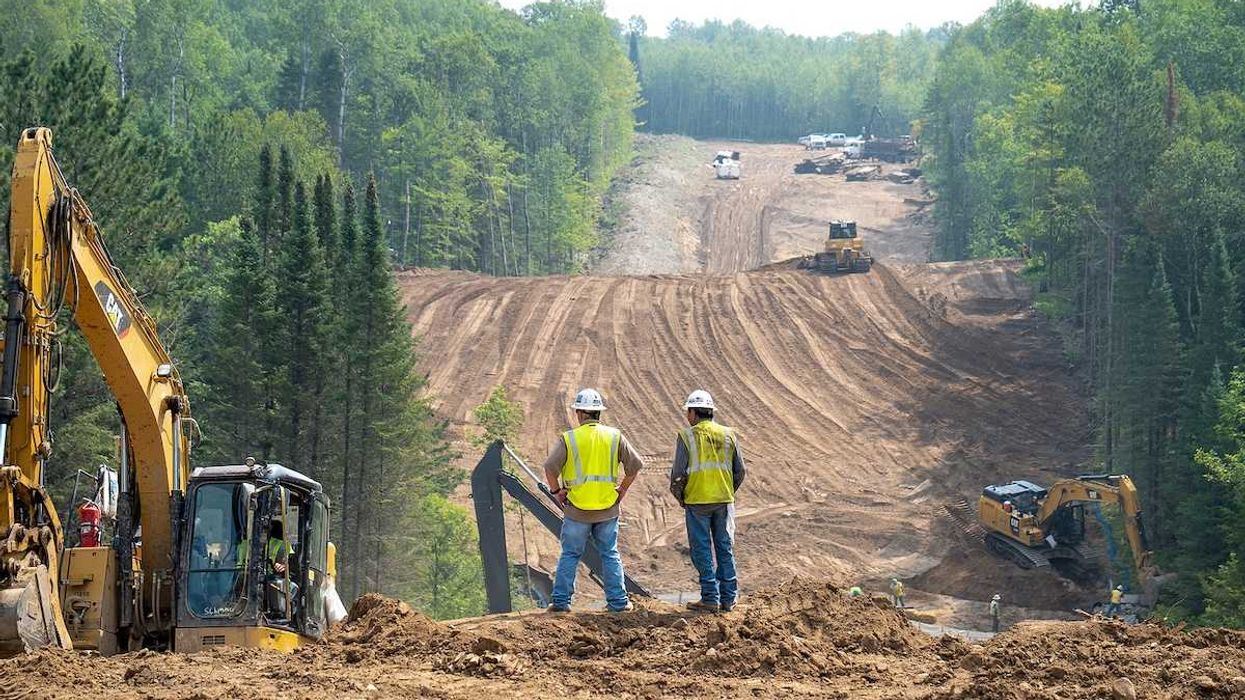The Biden-era safeguards for public participation and environmental scrutiny are being swept aside as the Trump administration fast-tracks permits for a uranium mine in southeastern Utah, shortening a year-long review to just two weeks.
Lisa Friedman reports for The New York Times.
In short:
- The Interior Department will complete an environmental review of the Velvet-Wood uranium mine in 14 days, instead of the typical yearlong process, under emergency powers invoked by the Trump administration.
- Critics argue the rushed timeline eliminates public comment and increases the risk of environmental harm, particularly to water resources and from radioactive waste.
- The mine, operated by Anfield Energy on a long-closed site, is expected to produce millions of tons of uranium and vanadium; the company also plans to reopen a mill to process the ore.
Key quote:
“There’s no opportunity for public comment, and the public often brings up issues to the agency that they’re not aware of.”
— Sarah Fields, founder of Uranium Watch
Why this matters:
Uranium mining, once a booming industry in the American West, left a legacy of contamination and health issues, particularly for Indigenous communities and rural residents near former sites. The federal government's decision to shorten environmental reviews for such projects sidesteps decades-old protections that aim to prevent these same harms from recurring. Uranium, while critical for nuclear power, comes with complex challenges — its mining and milling can contaminate groundwater with radioactive materials and heavy metals, and tailings piles can remain toxic for decades. The Trump administration’s move to declare an “energy emergency” to justify bypassing reviews marks a sharp turn away from policies that require transparency and public input. As demand grows for nuclear energy in the climate era, the trade-offs between speed, safety and environmental justice are once again front and center.
Read more: Years after mining stops, uranium's legacy lingers on Native land


